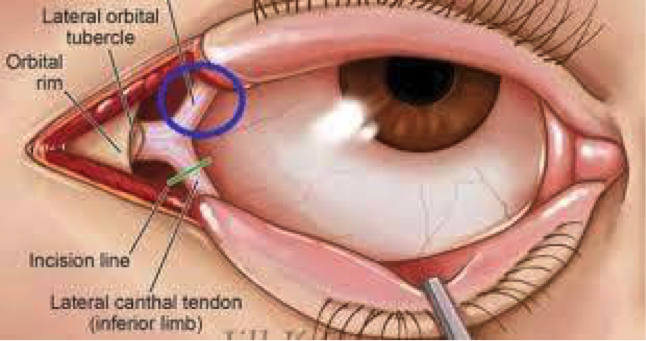When you see someone chilling on a stretcher with sunglasses on in the middle of south this holiday weekend, they might not just be trying to sleep off the two dozen margaritas they just had.
What is UV keratitis? It’s bilateral eye pain usually 30 min to 12 hours after UV exposure, think of it as a “sunburn” of the eyes. Your patient was lounging on the beach all day Saturday and used a pair of knock-off sunglasses or those free ones they hand out at career fairs. This can also happen in the winter for skiers on a bright sunny day and all that sunlight reflecting off the snow into their eyes. Other sources: tanning beds, arc welding, laboratory UV lights
Pathophysiology: cornea absorbs UV light à epithelial cell death/desquamation à symptoms resolve when corneal epithelium regenerates
Symptoms: conjunctival injection, photophobia, foreign body sensation, inability to open eyes, facial erythema/edema
Exam:
normal or reduced visual acuity
bulbar conjunctival (the covering of the white part of the eye) injection and chemosis with sparing of the palpebral conjunctiva since it is blocked by the eyelids
punctate keratitis on Fluorescein stain!
Rx:
Supportive care, similar to corneal abrasion management
Tell the patient that healing should occur within 24-72 hours
Topical antibiotic ointments => Consider Erythromycin or Polymixin-Bacitracin 3-4 times daily for 2-3 days
Stay away from topical anesthetics, no they cannot take home that bottle of tetracaine you used to numb their eye for the fluorescein exam => Risk of neurotrophic ulceration due to lack of protective reflexes (tearing and blinking)
Refer to Ophthalmologist if persistent signs and symptoms > 72 hours
Sources






